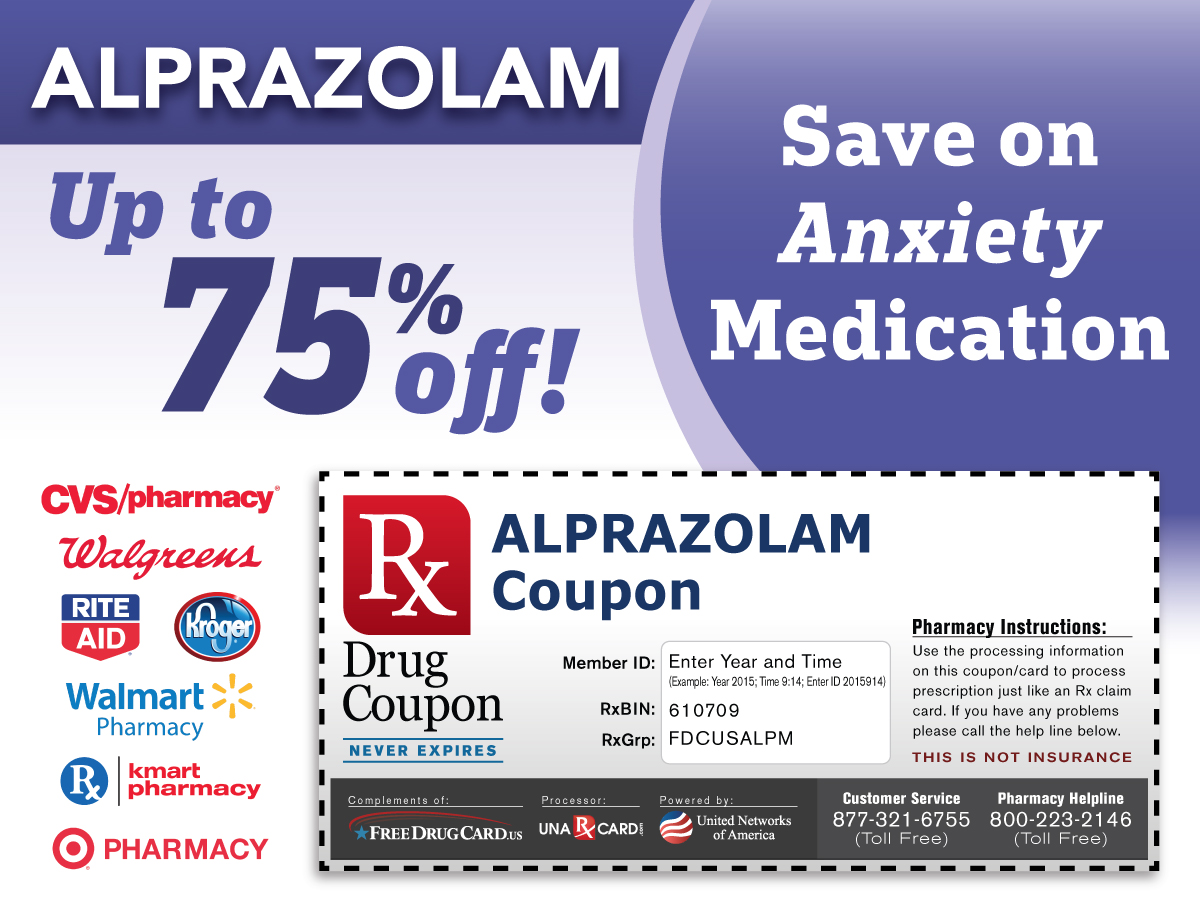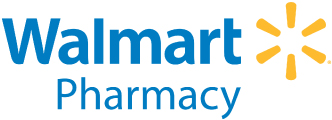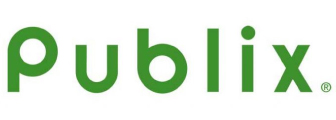Anxiety Information
Anxiety is a generalized mood condition that can occur without an identifiable triggering stimulus. As such, it is distinguished from fear, which is an appropriate cognitive and emotional response to a perceived threat. Additionally, fear is related to the specific behaviors of escape and avoidance, whereas anxiety is related to situations perceived as uncontrollable or unavoidable. Another view defines anxiety as "a future-oriented mood state in which one is ready or prepared to attempt to cope with upcoming negative events," suggesting that it is a distinction between future and present dangers which divides anxiety and fear. In a 2011 review of the literature, fear and anxiety were said to be differentiated in four domains: duration of emotional experience, temporal focus, specificity of the threat, and motivated direction. Fear was defined as short lived, present focused, geared towards a specific threat, and facilitating escape from threat; while anxiety was defined as long acting, future focused, broadly focused towards a diffuse threat, and promoting caution while approaching a potential threat.
The physical effects of anxiety may include heart palpitations, tachycardia, muscle weakness and tension, fatigue, nausea, chest pain, shortness of breath, stomach aches, or headaches. As the body prepares to deal with a threat, blood pressure, heart rate, perspiration, blood flow to the major muscle groups are increased, while immune and digestive functions are inhibited (the fight or flight response). External signs of anxiety may include pallor, sweating, trembling, and pupillary dilation. Someone who has anxiety might also experience it subjectively as a sense of dread or panic.
Although panic attacks are not experienced by every person who has anxiety, they are a common symptom. Panic attacks usually come without warning and although the fear is generally irrational, the subjective perception of danger is very real. A person experiencing a panic attack will often feel as if he or she is about to die or lose consciousness.
The emotional effects of anxiety may include "feelings of apprehension or dread, trouble concentrating, feeling tense or jumpy, anticipating the worst, irritability, restlessness, watching (and waiting) for signs (and occurrences) of danger, and, feeling like your mind's gone blank" as well as "nightmares/bad dreams, obsessions about sensations, deja vu, a trapped in your mind feeling, and feeling like everything is scary."
The cognitive effects of anxiety may include thoughts about suspected dangers, such as fear of dying. "You may... fear that the chest pains are a deadly heart attack or that the shooting pains in your head are the result of a tumor or aneurysm. You feel an intense fear when you think of dying, or you may think of it more often than normal, or can't get it out of your mind."
The behavioral effects of anxiety may include withdrawal from situations which have provoked anxiety in the past. Anxiety can also be experienced in ways which include changes in sleeping patterns, nervous habits, and increased motor tension like foot tapping.
Anxiety Medication Information
Alprazolam
Alprazolam (trade name Xanax, available among other generic names) is a short-acting anxiolytic of the benzodiazepine class of psychoactive drugs. Alprazolam, like other benzodiazepines, binds to specific sites on the GABAA gamma-amino-butyric acid receptor. Alprazolam is commonly used and FDA approved for the treatment of panic disorder, and anxiety disorders, such as generalized anxiety disorder (GAD) or social anxiety disorder (SAD). Alprazolam is available for oral administration in compressed tablet (CT) and extended-release capsule (XR) formulations. Alprazolam possesses anxiolytic, sedative, hypnotic, skeletal muscle relaxant, anticonvulsant, and amnestic properties.
Alprazolam has a fast onset of action and symptomatic relief. 90% of peak benefits are achieved within the first hour of using either preparation for panic disorder, and full peak benefits are achieved in 1.5 and 1.6 hours respectively. Peak benefits achieved for generalized anxiety disorder (GAD) may take up to a week. Tolerance does not appear to develop to the anxiolytic effects but may develop to the sedative effects within a couple of days. Withdrawal symptoms or rebound symptoms may occur after ceasing treatment abruptly following a few weeks or longer of steady dosing, and may necessitate a gradual dose reduction.
Alprazolam is the most prescribed, and the most misused benzodiazepine on the U.S. retail market. The potential for abuse is low and is similar to that of other benzodiazepine drugs. Compared to the large number of prescriptions, relatively few individuals increase their dose on their own initiative or engage in drug-seeking behavior. Alprazolam is classified as a schedule C IV controlled substance by the U.S. Drug Enforcement Agency (DEA).
Clonazepam
Clonazepam is a benzodiazepine drug having anxiolytic, anticonvulsant, muscle relaxant, and hypnotic properties. It is marketed by Roche under the trade name Klonopin in the United States and Rivotril in Australia, Brazil, Canada, Mexico and the European Union (and in countries like Serbia, Macedonia, Croatia and Montenegro). Other names such as Ravotril, Rivatril, Clonex, Paxam, or Kriadex are known throughout the rest of the world. Clonazepam has an unusually long elimination half-life of 18–50 hours, making it generally considered to be among the long-acting benzodiazepines. Clonazepam is a chlorinated derivative of nitrazepam and therefore a chloro-nitrobenzodiazepine.
Benzodiazepines such as clonazepam have a fast onset of action and high effectiveness rate and low toxicity in overdose but have drawbacks due to adverse reactions including paradoxical effects, drowsiness, and cognitive impairment. Cognitive impairments can persist for at least six months after withdrawal of clonazepam; it is unclear whether full recovery of memory functions occurs. Other long-term effects of benzodiazepines include tolerance, benzodiazepine dependence, and benzodiazepine withdrawal syndrome, which occurs in a third of people treated with clonazepam for longer than four weeks.
Clonazepam is classified as a high potency benzodiazepine and is sometimes used as a second-line treatment of epilepsy. Clonazepam, like other benzodiazepines, while being a first-line treatment for acute seizures, is not suitable for the long-term treatment of seizures due to the development of tolerance to the anticonvulsant effects. The benzodiazepine clorazepate may be preferred over clonazepam due to a slower onset of tolerance and availability in slow-release formulation to counter fluctuations in blood levels. Clonazepam is also used for the treatment of panic disorder. The pharmacological property of clonazepam as with other benzodiazepines is the enhancement of the neurotransmitter GABA via modulation of the GABAA receptor.
































